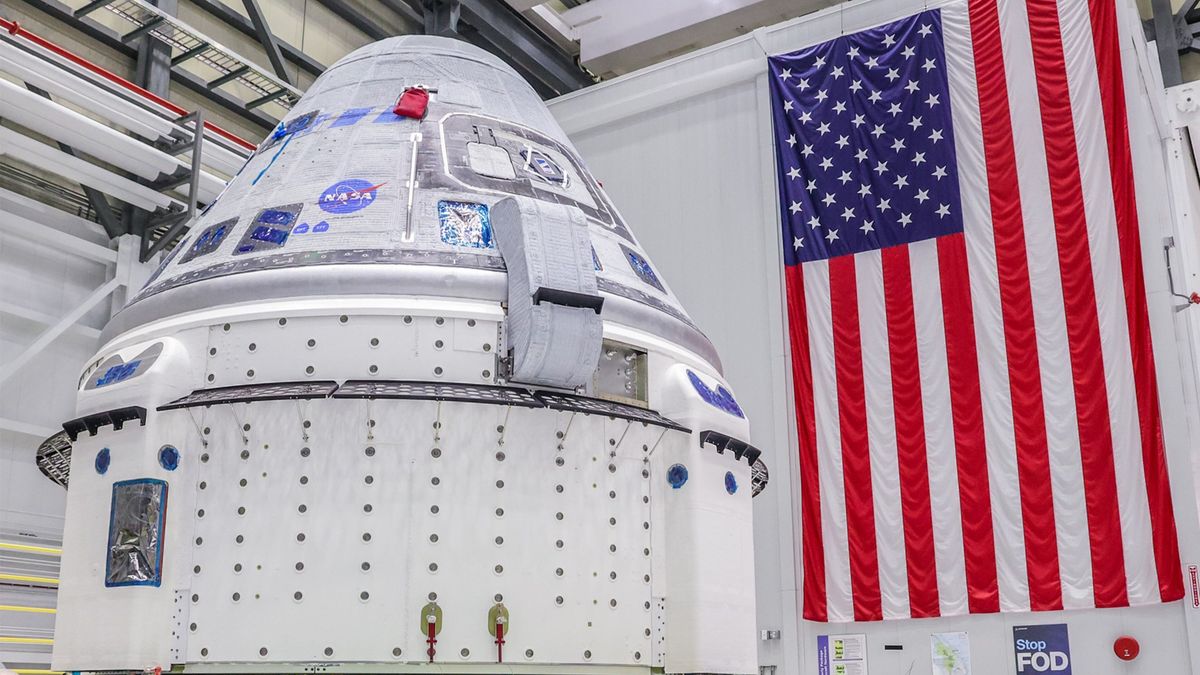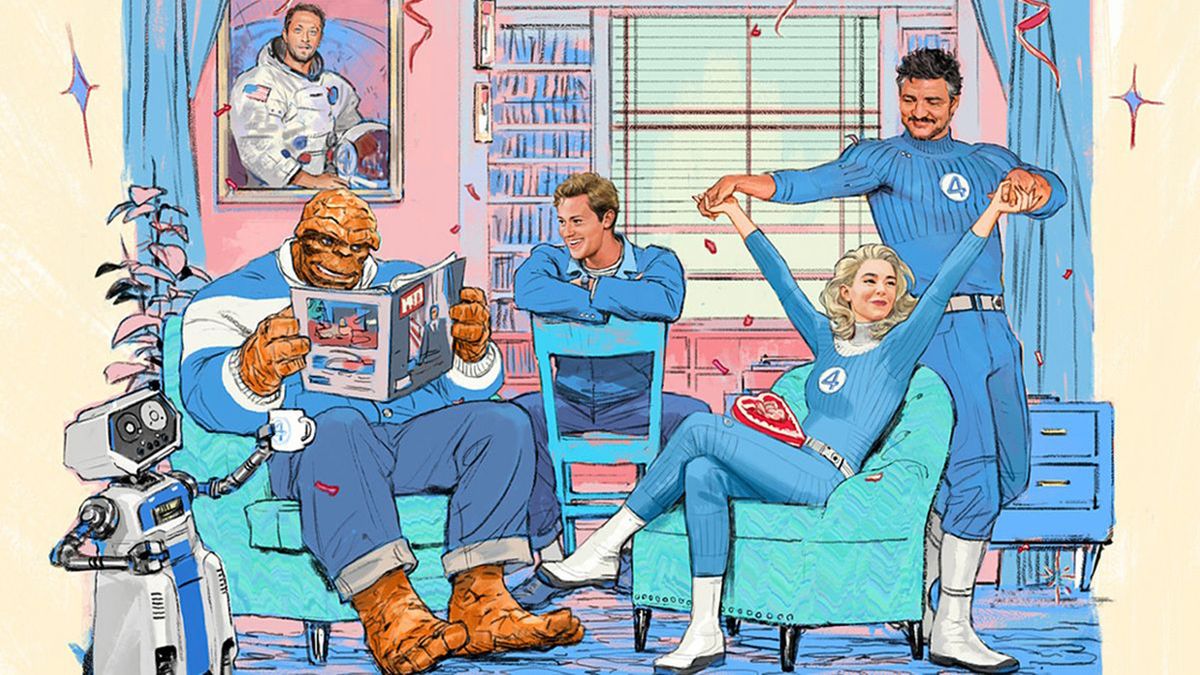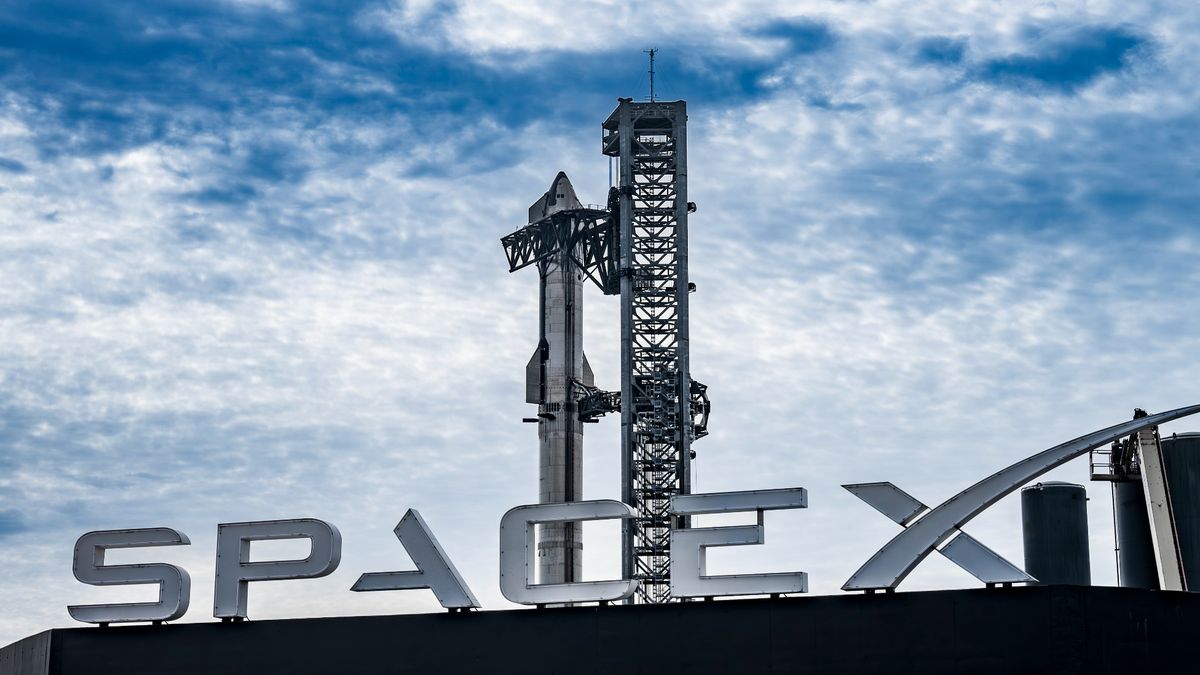Space Simulator Training for Starliner Astronauts
The intricate process of astronaut training for Boeing’s Starliner spacecraft was on vivid display at NASA’s Johnson Space Center in Houston. The rigorous preparations aim to ensure the safety and proficiency of the crew as they undertake missions to the International Space Station (ISS).
Simulated Space Maneuvers
With commanding precision, Ray Bigonesse, the lead rendezvous officer, guided a mock spacecraft through intricate maneuvers next to the space station. The training scenario involved a steep spin that would be deemed alarming in real-life space conditions. The emphasis on safety was paramount, with Bigonesse highlighting that such maneuvers would never be attempted by actual crews for obvious reasons.
Astronauts currently undergoing training for upcoming Starliner missions are immersing themselves in simulations at the Jake Garn Mission Simulator and Training Facility. NASA’s Suni Williams and Butch Wilmore are slated to fly on the Crew Flight Test mission, followed by a team of astronauts for the operational Starliner-1 flight in 2025.
Flight Simulation Technology
Boeing’s meticulous preparations for ISS missions involve thorough training within high-fidelity simulators. During a recent showcase for reporters, various simulators were unveiled to provide insights into the extensive training regimen. Both Boeing and SpaceX have been tasked with ferrying NASA astronauts to the ISS, with SpaceX achieving this milestone in 2020.
Starliner simulations involve intricate control systems, including translational and rotational hand controllers. The training aims to instill a deep understanding of proximity operations and emphasizes the critical role of crew intervention in case of emergencies.
Advanced Training Methods
Boeing’s approach to spacecraft design incorporates manual controllers and physical switches to ensure operational resilience in the face of cosmic challenges. The training environment provides astronauts with exposure to various scenarios and anomalies that they must adeptly navigate.
The incorporation of virtual reality technology adds a new dimension to astronaut training, allowing for immersive experiences within a portable and cost-effective setup. Astronauts can interact with a virtual Starliner cockpit, enhancing their memory and readiness for maintenance tasks and critical procedures.
Reflecting on the advancements in training technology, astronauts praised the VR capabilities for enriching their preparation and equipping them with vital skills for the demands of space missions. The meticulous training regimen underscores the commitment to safety and operational excellence in the realm of space exploration.
Image/Photo credit: source url





